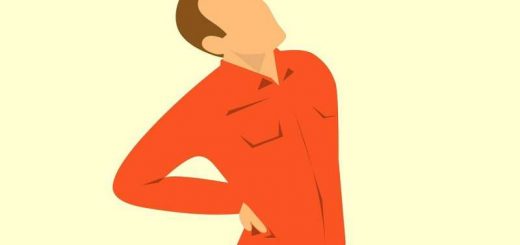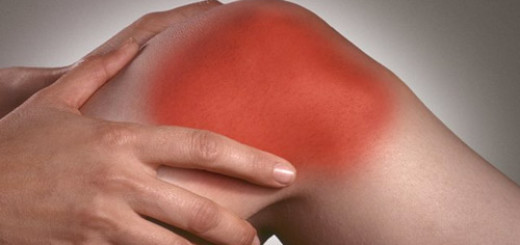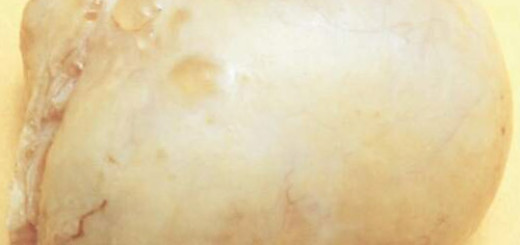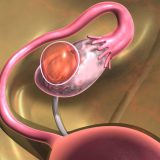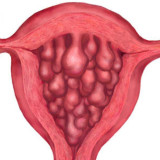Pilonidal cyst – a birth defect, which is nevertheless quite common in modern medical practice. Interestingly, men such violation is diagnosed almost three times more than the fair sex. So what is this pathology and what are its symptoms?
What is the Pilonidal cyst?
Pilonidal cyst is a pathological disease that is congenital. The pilonidal cyst cyst is located between the folds of the buttocks under a layer of skin. A coccyx cyst develops when a person is still an embryo. Improper development of the child in the womb is the main cause of the disease. The cyst looks like a narrow channel located deep under the skin and exits the body in the form of small holes.
Most often, a cyst of the coccyx is found in men. In women, this benign tumor is rare. The coccyx cyst does not affect the human body in any way. However, sometimes this tumor becomes inflamed and needs to be removed with surgery.
Of course, many people may survive to adulthood without even knowing the presence of cysts. But if you fall into education bacterial microorganisms may develop inflammation. Here are the most common risk factors that often lead to the development of complications:
- Pilonidal cyst can become inflamed and cause discomfort if the patient has a weak immune system;
- The pilonidal cyst can become inflamed due to wounds, bruises and abrasions in the coccyx area. An exacerbation of the disease occurs if dirt or infection gets into the wounds;
- If the buttocks are constantly covered with dense tissue and sweat heavily, then the pilonidal cyst t can begin to fester. Most often, this factor occurs in infants who rarely change diapers. An adult can also have a pilonidal cyst fester if he does not wash often enough;
- The cyst may begin to fester due to blockage of the sweat glands.

Symptoms
The coccyx cyst has an unusual structure, which is why it is very important that the coccyx and buttocks of the patient are always clean. When the skin in the coccyx constantly sweats, harmful bacteria begin to multiply in the channels of the cyst. The channels become clogged due to a large number of bacteria and begins the process of rotting inside the coccyx cyst. If this happens, the person begins to feel severe pain in the coccyx area. The cyst turns red. If you touch an inflamed cyst, it will be very hot. When the cyst is inflamed, it is painful for a person to sit.
Treatment
Many people do not take this disease seriously. An inflamed cyst can be partially opened and the pus removed at home. You will stop feeling pain and the wound will heal. However, often such treatment does not help completely. In the near future, the cyst may again fester. The only method of treatment is surgery.
The surgeon cuts out cysts and cleanses the soft tissues in the human body from pus and infection. After the operation, the patient must follow a few simple rules:
- Take a shower 2 times a day. Thoroughly wash the coccyx and buttock area;
- Give up active activities: sports, work at the factory or under the sun.
